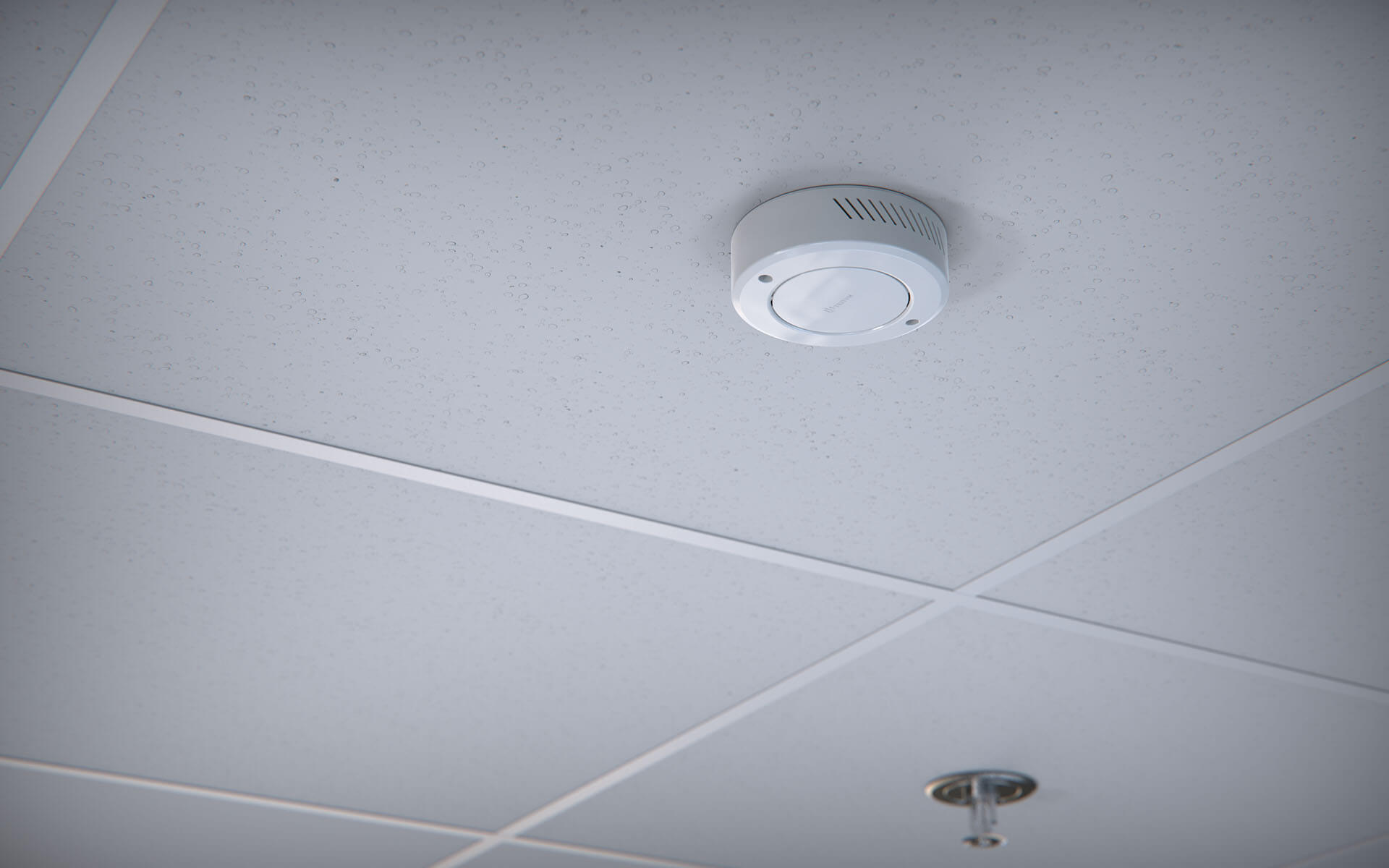Vaping in schools was not a problem just a few years time ago. Students would go to bathrooms in between classes, and flavored nicotine and THC vapors disappeared without trace. Administrators and teachers were left in the dark until districts turned to a vape detection system.
Today schools across the country have reported major successes that demonstrate how transformative this technology has the potential to help in tackling the vaping epidemic.

A Case Study: Lower the amount of cigarettes you smoke by 83 percent in 10 weeks
Luling Independent School District confronted an extremely serious problem with vaping. Students continued to vape regardless of numerous warnings and a stricter policy. Smoke alarms that were used in the past weren’t effective against vapour. There was no way for staff to be everywhere.
For a test, the district installed vape detectors in the schools during March. The results were quite striking. In only five weeks, vaping incidents had decreased noticeably. In the span of ten weeks the rate of vaping had dropped by 83%..
The results of the program went beyond just numbers. Teachers were less disruptive, and students understood that vaping wouldn’t be ignored.
Match Charter School Experiences Similar Achievement
Match Charter Schools also has a powerful case study. High and middle school students were smoking during the time. They put in place a series of smoke detectors for vapes in August, their impact was instantaneous.
In December, less than 4 months following the initial report, the administrators announced an 20% decrease in the number of vaping incidents. Parents were pleased with the school’s specific precautions to guard their children. Teachers noted a reduction in the amount of loitering in the hallway as well as bathroom crowding.
These two districts represent what is becoming a growing movement: schools that adopt vape detection experience tangible improvements in their behavior and overall safety.
What is it that makes vape detectors efficient?
This technology is the main reason for the results. A modern vape detector doesn’t only detect vapor, it also monitors air quality and monitors occupancy levels. It also sends real-time alerts to staff. Administrators don’t have to rely on guesswork, or reports basing their decisions on information that has been gathered later.
Detectors are also designed to ensure privacy. No cameras. No audio recording. Only precise, instant data that aids schools in implementing swift actions without violating the rights of the student.
This combination of effectiveness and compliance makes vape detectors one of the most practical safety tools schools can adopt today.
Safety nets for vaping and more
What many managers do not realize is that detectors aren’t just used to stop vaping. Advanced systems detect loud noises and even keywords that are linked to emergency situations. They even detect vandalism.
If, for instance, a group begins to loiter in a toilet the detector will detect an unusually high degree of occupancy. If someone shouts distress words such as “help,” staff can be alerted instantly. In this way, vape detection devices in schools form part of a comprehensive safety plan to address potential health risks and possible violence.
Boards and parents support Vape Detectors
A benefit that is often overlooked is the trust that comes from transparency. The use of detectors in schools can produce reports that clearly show the trends of smoking. These reports can be shared with community groups, school boards as well as parents to prove that actionable steps are being implemented.
Parents in particular respond positively when they see concrete results. Vape smoke detectors aren’t just in the process of catching kids, but they’re also safeguarding their health. They are a strong reminder that smoking cigarettes is not permitted in schools.
The Key Takeaway The Takeaway: A Proven Path to Success
A few years ago, vaping was like a war invisible to schools couldn’t be victorious in. Case studies from across country prove this not true. Administrators can spot incidents and discourage risky behaviors immediately using a vape detection device. This helps create a safer environment for students.
The vaping epidemic is far from being resolved but the tide is changing. Schools who are investing in vape detection technology don’t just respond to a problem they’re leading towards a healthier future for their students.
Conclusion
Technology is working in schools all over the country, from Texas to Massachusetts. A modern vape alarm does more than raise an alert. It changes the way that students behave and builds trust. It also provides a permanent solution to the most pressing health concerns facing today’s students. Vape detectors have become a norm in any school district which is concerned about safety.
